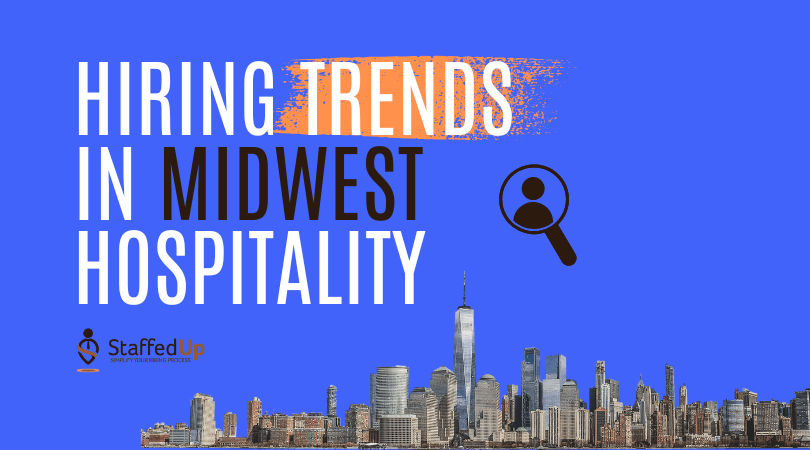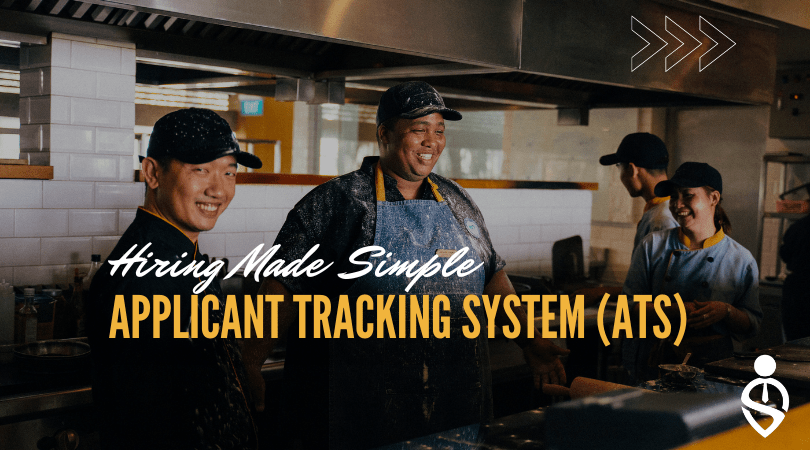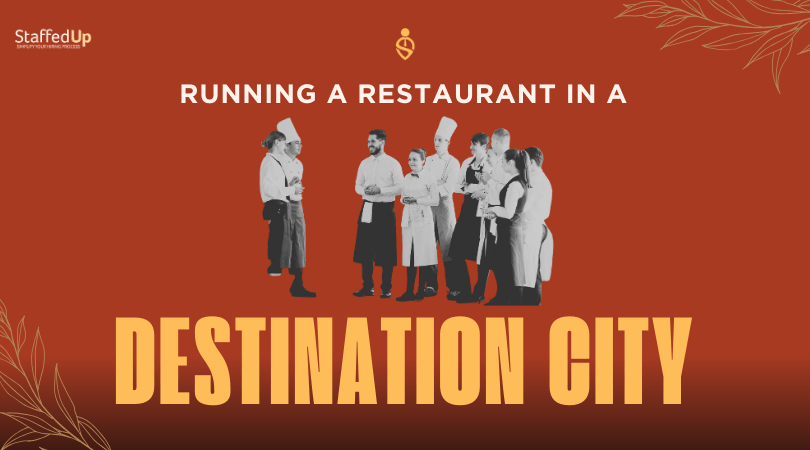The Midwest hospitality industry is experiencing a dynamic shift in hiring trends, driven by evolving guest expectations and technological advancements. As businesses in this region strive to attract and retain top talent, understanding these trends is crucial for staying competitive.
Embracing Flexibility
One of the most significant trends in Midwest hospitality is the emphasis on flexibility. Job seekers today prioritize work-life balance, and offering flexible scheduling options can make your positions more attractive. Consider implementing four-day workweeks, flexible start times, or job-sharing arrangements to meet employee expectations.
Focus on Employer Branding
In a competitive market, your company’s reputation matters more than ever. Prospective employees research potential employers extensively, so maintaining a strong online presence is crucial. Showcase your company culture on social media and highlight employee success stories to attract top talent.
Upskilling and Internal Growth Opportunities
Today’s candidates are looking for more than just a job; they want career development. Offering training programs, certifications, and clear pathways for advancement can set your business apart. This not only attracts high-quality applicants but also improves retention by fostering loyalty among current staff.
Inclusive Hiring Practices
Diversity, equity, and inclusion remain central to attracting a wide talent pool. Emphasize unbiased hiring practices and provide inclusivity training for management. Diverse teams enhance creativity, problem-solving, and customer satisfaction—key drivers of success in hospitality.
Technology Integration in Recruitment
The use of artificial intelligence (AI) and applicant tracking systems (ATS) continues to grow. These tools streamline hiring processes by automating resume screening and scheduling interviews. Integrating technology into your recruitment strategy can help you stay ahead of the competition.
Real-World Impact: Success Stories from the Midwest
Many Midwest hospitality businesses have already experienced the benefits of these hiring trends. For example, a popular hotel chain in the region saw a significant reduction in time-to-hire and an improvement in the quality of hires after implementing flexible scheduling and upskilling programs. By leveraging technology and inclusive hiring practices, they were able to create a more efficient and diverse workforce.
Conclusion
In conclusion, staying updated with the latest hiring trends in the Midwest hospitality space is essential for attracting and retaining top talent. By embracing flexibility, focusing on employer branding, offering upskilling opportunities, promoting inclusive hiring practices, and integrating technology, your business can thrive in this competitive industry.
For more insights on how technology can enhance your hiring process, check out this resource.






